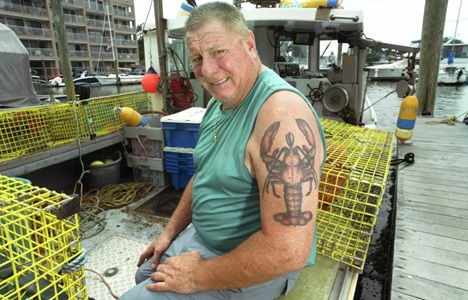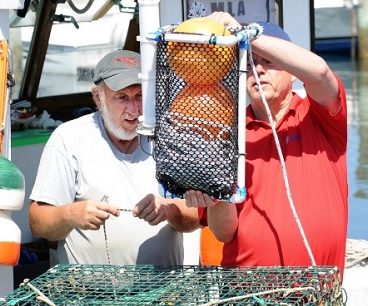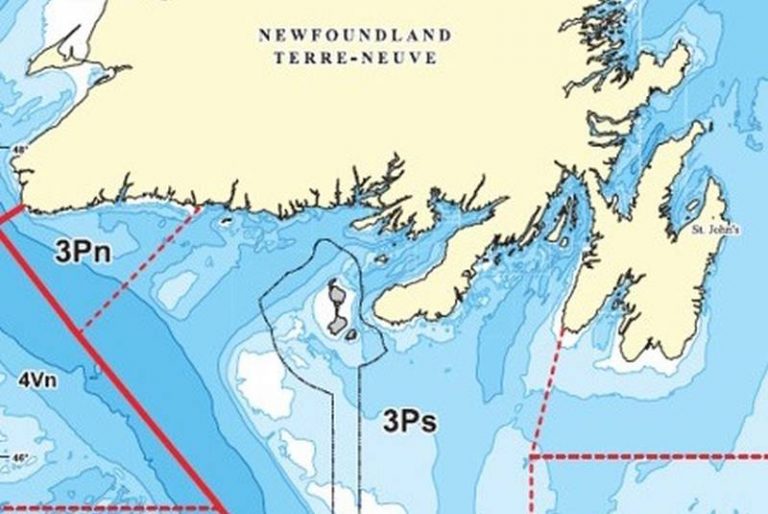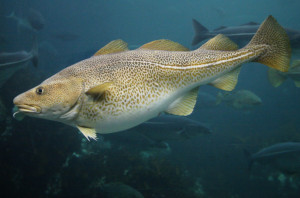It was the summer of 1978. Then-12-year-old Mike Kalaman approached the captains of two lobster boats on a pier in Westport. This was a common activity for Kalaman, whose father, a mechanic, secured him a job at a family friend’s fish market to keep him out of “trouble.” The Norwalk teen would run down to the boats tied up near the Westport market and fire away questions about the crustaceans that would be sold that day. “You want to see how this is done?” a captain finally asked him. That was the first day of Kalaman’s nearly 50-year career as a lobsterman. “You could go down to any beach anywhere in the state of Connecticut, at low tide, turn over rocks and find baby lobsters. That’s how prolific they were,” he recalls. Then came the die-off. Photos, more, >>CLICK TO READ<< 06:47
Tag Archives: Connecticut Department of Environmental Protection

The last Connecticut lobstermen: How the LI Sound lobster die-off led to a ‘loss of identity’ for some fishermen

Ropes are latest flashpoint in tug of war over right whales
The lobster industry is willing to consider switching to weaker rope to protect the endangered right whale from deadly entanglements, but whale defenders say that doesn’t go far enough to help a species that can’t bear even one more death. A team of scientists, regulators, animal rights groups and fishermen met this week in Providence to review proposals,,, The team is advising the National Marine Fisheries Service on how to prevent whales from getting entangled in fishing gear as they migrate, feed and mate as they travel back and forth along the East Coast of the United States and Canada. >click to read<11:54














































